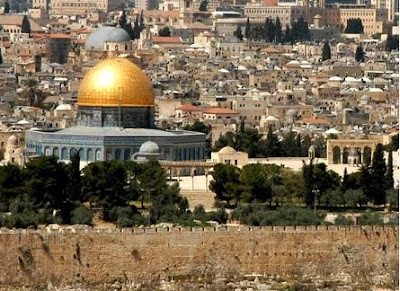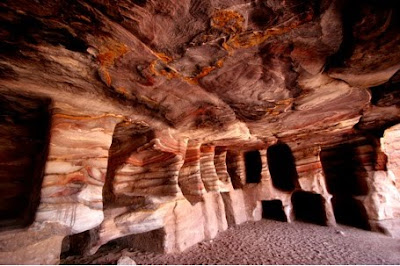August 2009


The Umbrella Trees in the background of this photo were only six inches tall when we planted them, just over a year ago. In another year the canopies will have grown together and be dense enough to keep even the rain out. In the foreground middle, James, the hardest working kid in Sudan, drags Tong Bush to spread around the newly planted fruit trees. Tong Bush is extremely sharp and must contain some kind of poison, because when pricked, it causes a dull pain for several hours - almost like being bit by a wasp.
While at the orphanage we planted the fruit trees, repainted the playground, built a duck coop and a rabbit coop from old AK-47 boxes, arranged for the purchase of several picnic tables and rugs for the concrete floors, rewired some buildings for the generator, prepared and planted a large area for a garden, and oversaw the beginning of the mental illness center. I was especially anxious to see the mental illness center started as sometimes things in Africa take forever just to get off the ground. I was able to meet with the contractor, review the plans (a sketch that I faxed him), and watch them begin construction. We’ll plant several trees around the area too once the construction is complete and we know where to put them.

Mr. Bortman building the duck coop from two old AK-47 boxes

Beginning construction on the mental illness center

Hotel for rabbits

Hotel for ducks

Playground before the repainting
It was extremely hot while we were in Sudan. One morning, soon after breakfast and while it was raining, I looked at the thermometer to see 108 degrees. Unforgiving. Everything in Sudan is unforgiving. It is a very harsh, difficult place. Difficult to find work, to find food, to find clean water, to find shelter, to get and stay clean, to move from one place to another, to sleep, to do just about anything. Including survive. I can’t imagine living my life there. I have so much respect for people who give up everything and move to places like Sudan in order to help full-time. Sacrificing their lives for others. All I can think about while I’m there is having dinner back at the five star hotel in Uganda and how blessed we are in America to have what we have. That and how good it is going to feel to drive a nice car on a nice road into beautiful, quiet mountains where I can sleep uninterrupted for fifteen hours. So many things in America we simply take for granted…
Three of the little boys that were only about six, were especially hard workers and very helpful. Ochey, Opea, and I can’t remember the third child’s name. It was an Arabic name and I had trouble pronouncing it. They always followed me around and anticipated things I might need. They could barely (not really) push a small wheelbarrow of dirt, but that didn’t stop them from continually trying. One boy would grab each side of the wheelbarrow to keep it from tipping and then the third boy would grab the handles and push with all his might. They also collaborated on getting water to me in big yellow buckets whenever we planted a tree. I didn’t even have to ask them. They just raced over to the well, filled up a yellow bucket half as big as themselves and then jointly dragged it over to me. Generally I helped them, but it was fun just to watch them too! It is interesting to see how some kids take the initiative and actively look for ways to help while others are content to watch from under the shade trees. I suppose there are hardworking and there are lazy people all over the world in every culture.

Ochey, one of the three hardest working boys at the orphanage. Unfortunately, no matter how hard you work or how smart you are, there are just not a lot of opportunities in Sudan. I can’t even imagine growing up in a place with such despair and hopelessness. Yet there are moments of incredible joy too and in many ways they are probably happier than Americans. The Sudanese are a very loyal and dependable people. Often I get the feeling my friends there would literally do anything for me. Including, without hesitation, give their lives. A lasting peace with northern Sudan and the eradication of the Lord’s Resistance Army are critical for their future. The United States can and should play an active role in both.
Several of the children spend long hours every day building toys from scrap metal and old US Aid cans. I watched them for a while one morning and snapped a few photos. The children are exceptionally talented and creative, designing and producing incredibly detailed toys. I thought about where those skills and patience and tenacity might get them in a different economy.

Flattening a US Aid can to make a truck

Some of the finished products

Waiting for breakfast

Breakfast porridge

Sudanese bathtub

Morning playtime

Preparing an area to plant a garden

The orphanage has several full-time employees to support the two-hundred children

Two of the two-hundred

One of the children who was considerably more shy than the others
The Lord’s Resistance Army (LRA) is still very active in central Africa. They have moved from Uganda to Sudan to Congo and now to the Central African Republic. They are led by Joseph Kony. Read about him here: http://www.newsweek.com/id/197885/page/1

The boy pictured here is one of the latest victims of the LRA. He was recently brought to the orphanage. Both of his parents were hacked to death by the LRA. He was attacked with a machete and left to die. His arm was sewn back on in the bush. No anesthetic. No antibiotics. Twenty-three years Joseph Kony has been killing and terrorizing innocent people in central Africa. The Newsweek article (linked above) is pretty good, but they are wrong about Kony ever showing up to meet with the United Nations in Juba and mistaken to say Kony ever made any real attempt at peace. He did not, not even once, personally show up for any of the “peace talks” in Sudan. Through his messengers he let it be known he would surrender only if guaranteed immunity from any prosecution and guaranteed safe passage to wherever. A life of luxury I suppose. Amazingly, there are many people who want to give him just that. The International Criminal Court (ICC) indicted Joseph Kony in 2005. Hopefully someday soon they will actually act on that indictment.









































